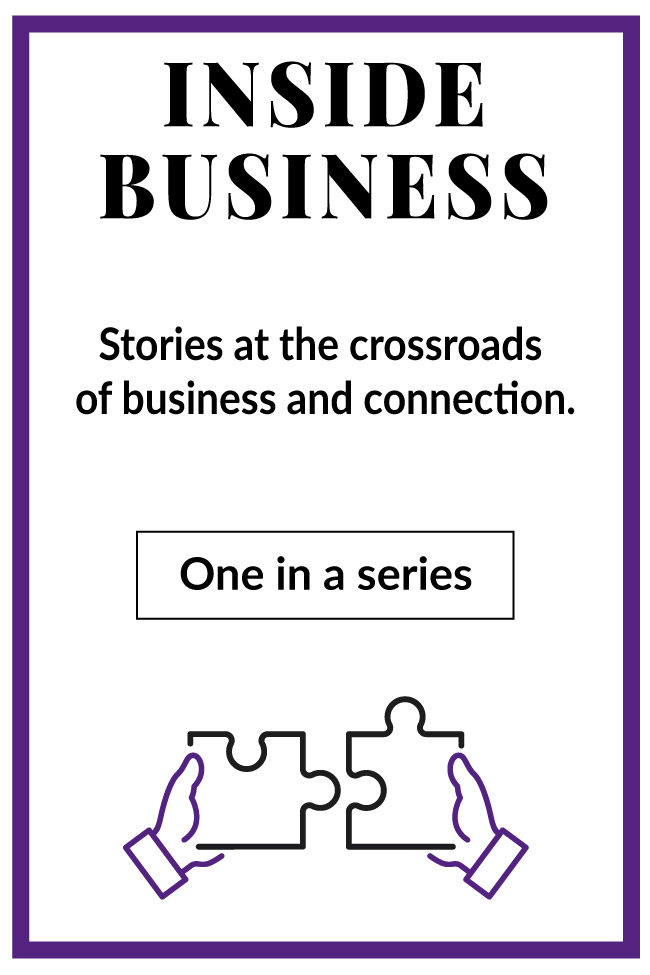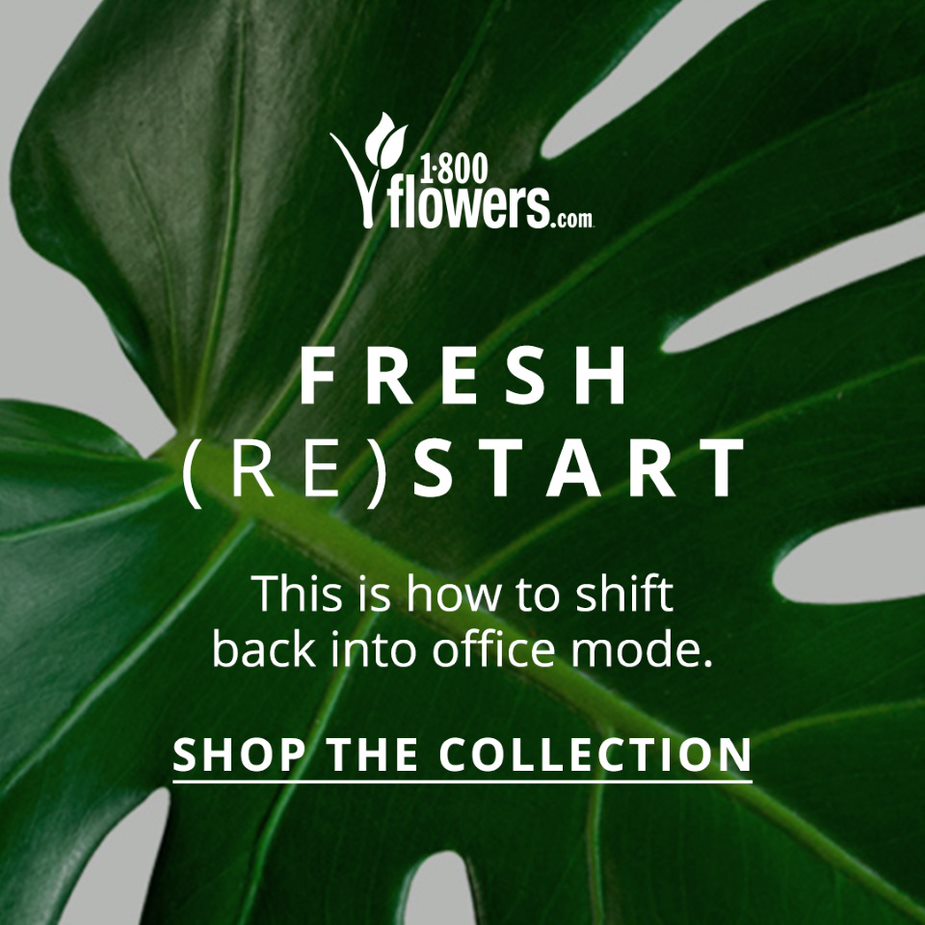Whether you’re just starting or are a seasoned entrepreneur, “Inside Business” provides you with advice and best practices to help you better manage your business. In this story, experts review the benefits of employee appreciation with tips on how to express recognition.
It may sound cliché, but your employees are your most precious asset. Accordingly, you want them to be happy, productive, and stay with your firm. Showing your employees that you appreciate them will go a long way in achieving these objectives.
Employee appreciation — also known as employee recognition or employee gratitude — is about valuing people for their contributions and letting them know it. One can express it in many ways, from something as simple as a heartfelt “thank you” to gifts like flowers, chocolate, or gift cards.
The benefits of showing employee appreciation
Employees who know they’re appreciated tend to be happier, more creative, and better team players. At least that has been the experience of Jamie Barnes, owner and strategy communicator of 981 Communications, a human resources communications consulting firm in Chicago. “They’ll bring more energy, interest, and enthusiasm to the work,” she explains. “This benefits the employer because happy employees create happy customers.”
Simple acknowledgment makes workers feel valued, which promotes feelings of positivity in the workplace. “It is important to recognize employees now more than ever,” says Virginia Pagan, coordinator, human resources and benefits at 1-800-FLOWERS.com, Inc. “Right now employees are looking for an indication that their work is meaningful and that their organization values and appreciates them.”
Pagan notes that employee appreciation day is a perfect opportunity to show them they are valued. Sending them a gift for this special day that reflects their personal interests are the small details that show a company understands the core personality of their employees.
Go for high engagement
Conversely, not feeling appreciated or connected to the organizational culture breeds disengagement and discontent, which begets a negative cycle. “When employees are not engaged, they’re not in a flow state or producing effectively, both of which drive profitability,” says Angela Heyroth, founder and principal of Denver-based Talent Lifecycle Designs, a boutique HR consulting firm specializing in the design of custom employee experience programs.
In the worst-case scenario, valuable employees who do not feel appreciated will leave the firm. “One thing the pandemic has taught us is that feeling connected and valued is of primary importance to people,” Heyroth continues. In her experience, underappreciated employees of the past got frustrated or became less engaged in their work. “Now they’re just leaving, sometimes without having another job to go to,” she says.
Getting the most from your employee appreciation efforts
More companies are beginning to realize that showing gratitude involves much more than celebrating the annual Employee Appreciation Day in early March. With greater frequency, they’re allocating budgets to develop formal employee appreciation plans and programs.
Sometimes it takes an outsider’s perspective to identify the company values and culture and design the employee appreciation program to align with these.
Angela Heyroth
Founder and Principal
Talent Lifecycle Designs
According to one study, companies with a strategic employee recognition program reported more than 71 percent higher engagement levels among their staff than companies without such a program. For a few reasons, managers may prefer to work with a consultant to develop an employee appreciation strategy. One is objectivity. “Sometimes it takes an outsider perspective to identify the company values and culture and design the employee appreciation program to align with these,” Heyroth explains.
The other lies in the interest of saving time. “As an internal employee, you’re focused on keeping the company moving and don’t always have time to step back from other priorities and design a program,” says Heyroth. “Having someone come in whose sole task is to create that employee appreciation plan lets the HR manager keep the core foundational HR elements running seamlessly.”

Even without generous budgets and resources to dedicate to formal employee appreciation programs, employers can still get on board. There are many no-cost or low-cost initiatives, such as a sincere verbal or written thank you, that can go a long way to engender trust, motivation, and goodwill.
Regardless of what you choose to do, making appreciation part of the culture is critical. It will consistently show employees that you recognize their value to the company’s success.
Aligning recognition with what matters
Which employee rewards should you offer? Well, there’s probably not much merit to gifting free baseball tickets to someone who is not a sports fan. On the other hand, that same person might welcome a free subscription to his or her favorite magazine. “One way to deal with this challenge is to let people pick their own rewards from several options you’re offering,” says Heyroth.
Feeling appreciated has its rewards
Successful appreciation programs are built to recognize and reward employees at various levels. “Spot rewards—a small but tangible gift, such as a cup of coffee or lunch—should be common and easily distributed,” says Barnes. “This can fuel momentum when a project gets tough,” she says
Social recognition also normalizes a culture of celebrating successes. “A fellow employee compliments another, a manager publicly recognizes someone, or a public post is made— these all allow an employee to share their pride and accomplishment with the community and can contribute reputation building,” says Barnes. And finally, more significant rewards can recognize and award tremendous efforts. “These can be a bonus, extra time off, or other appropriate gifts,” she says.
The right gesture, wrong token
There are also specific actions that managers should avoid. “One of the worst mistakes I’ve seen is where companies obtain a rash of gift cards and hand them out at their discretion to employees for every little thing,” says Heyroth. “They mean well, which is admirable, but if the value of what the employee did doesn’t correlate to the value of the reward, the recognition loses all sense of purpose to the employee,” she says.
Ultimately, to feel appreciated is a basic human need. Meeting this need in your employees can yield high dividends to the company. Heyroth sums it up nicely: “At the end of the day, letting someone know they are valued is a small thing that can make a huge positive change in the effort they give you, and isn’t that what we’re all after?”











































